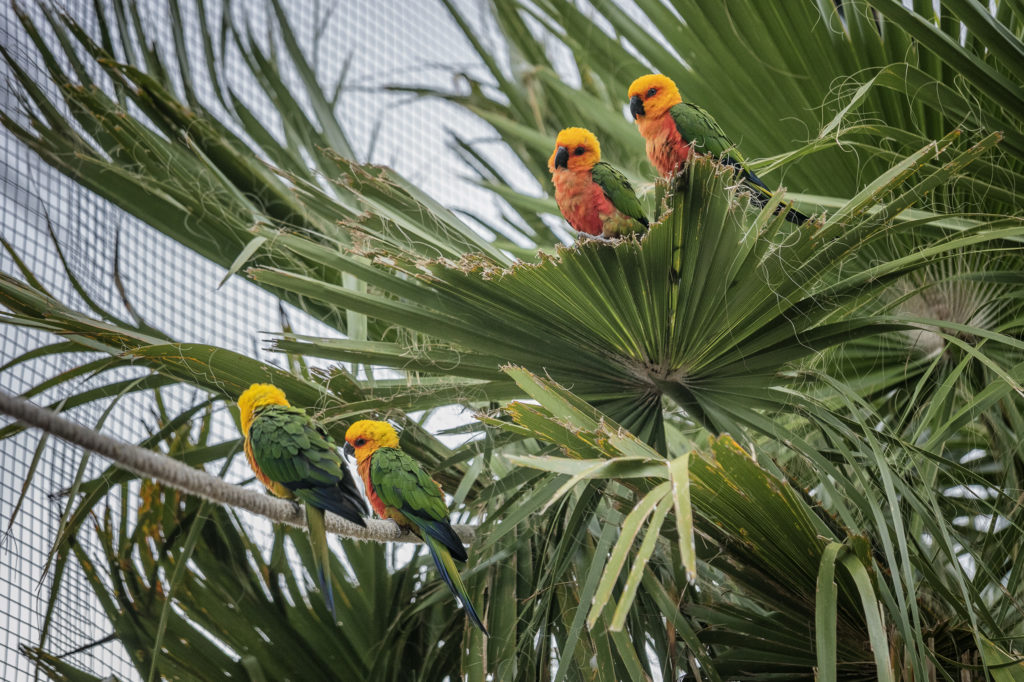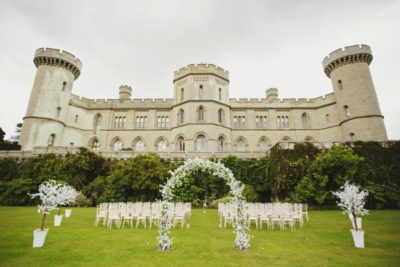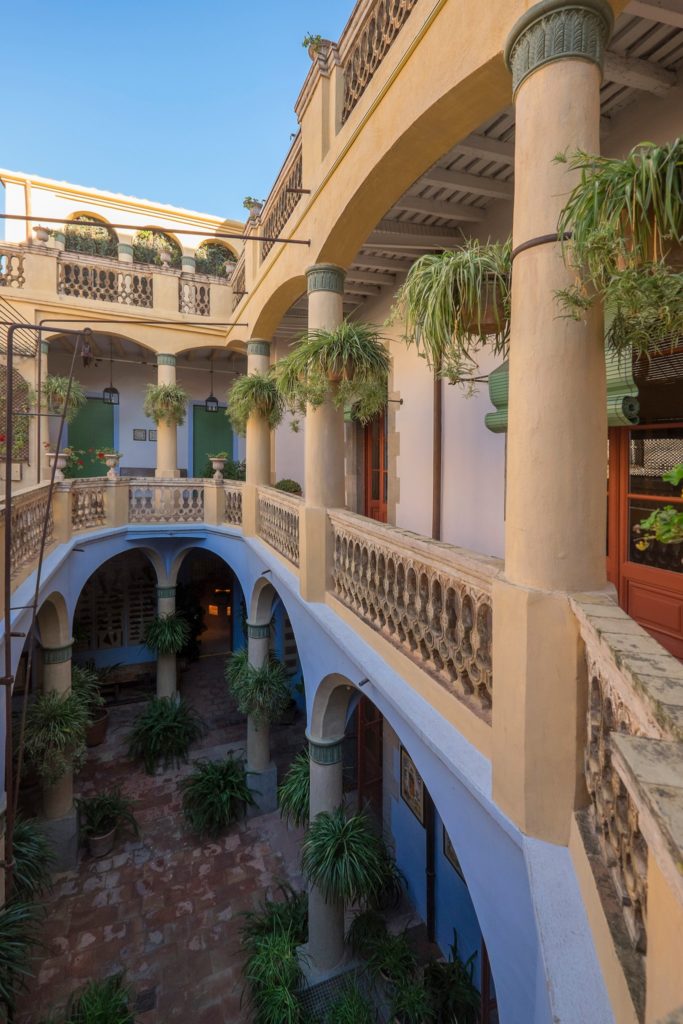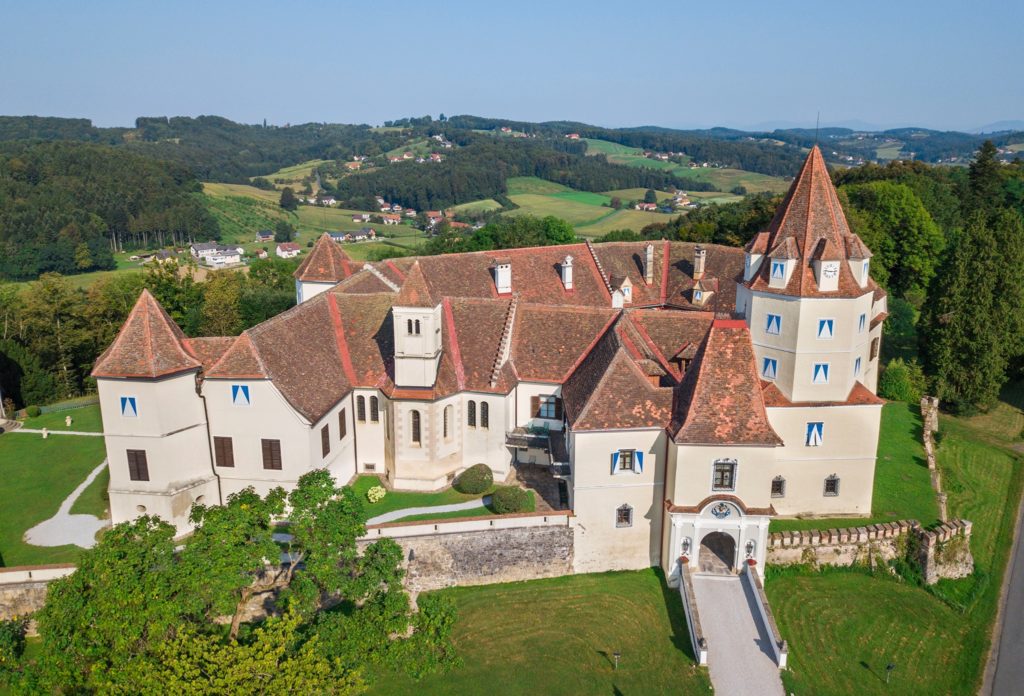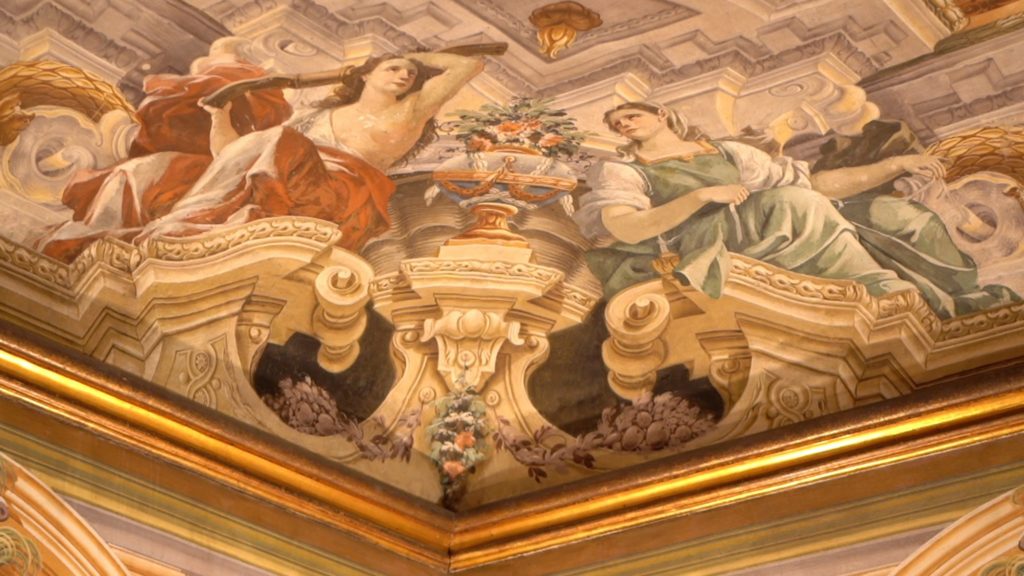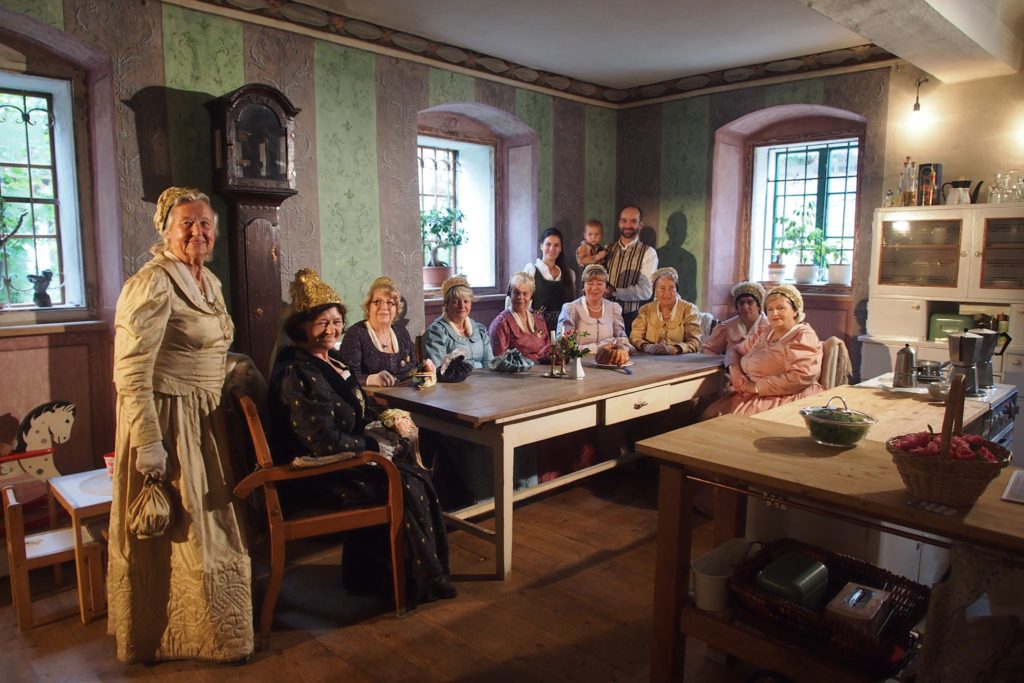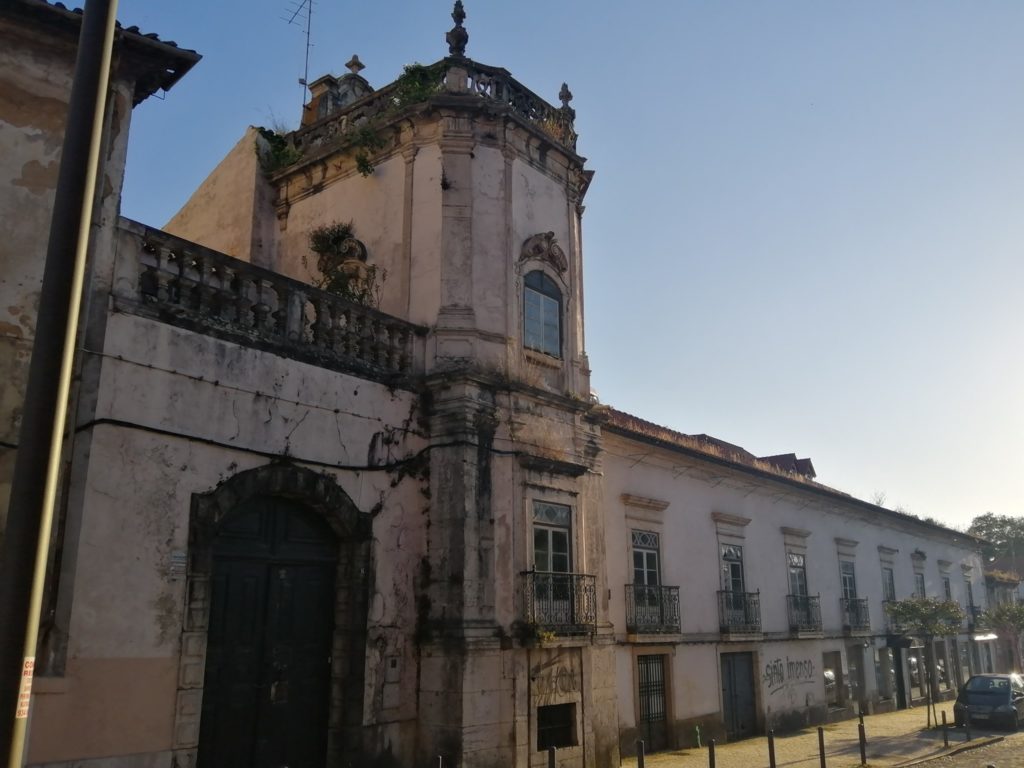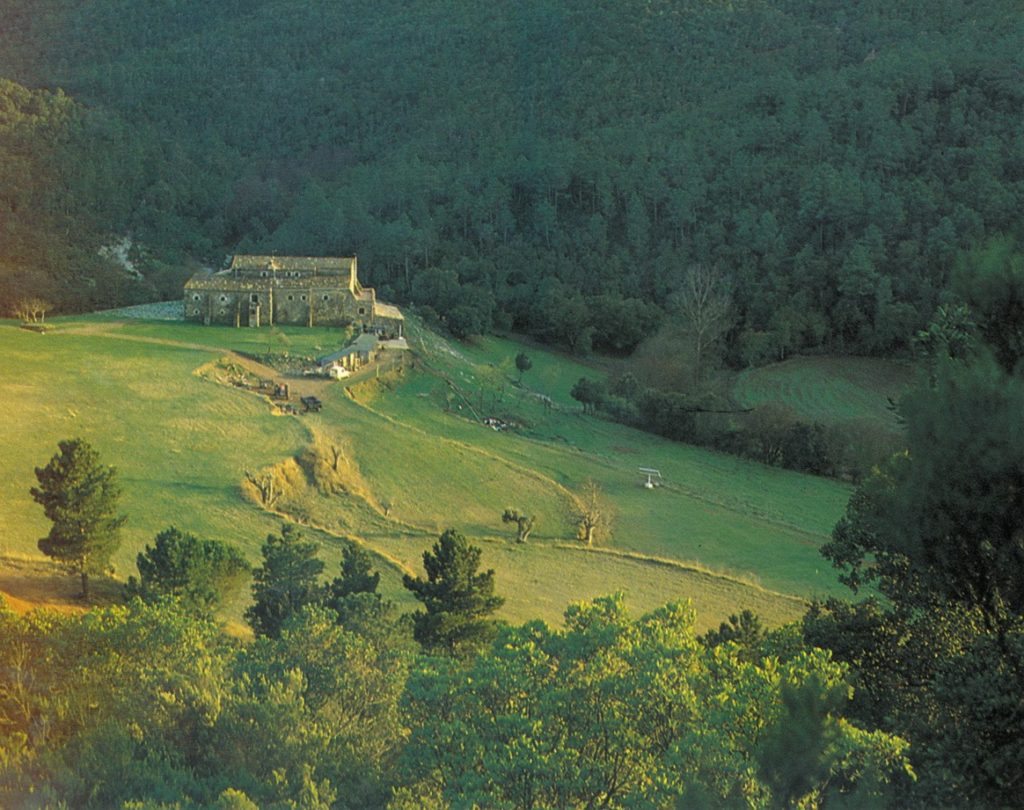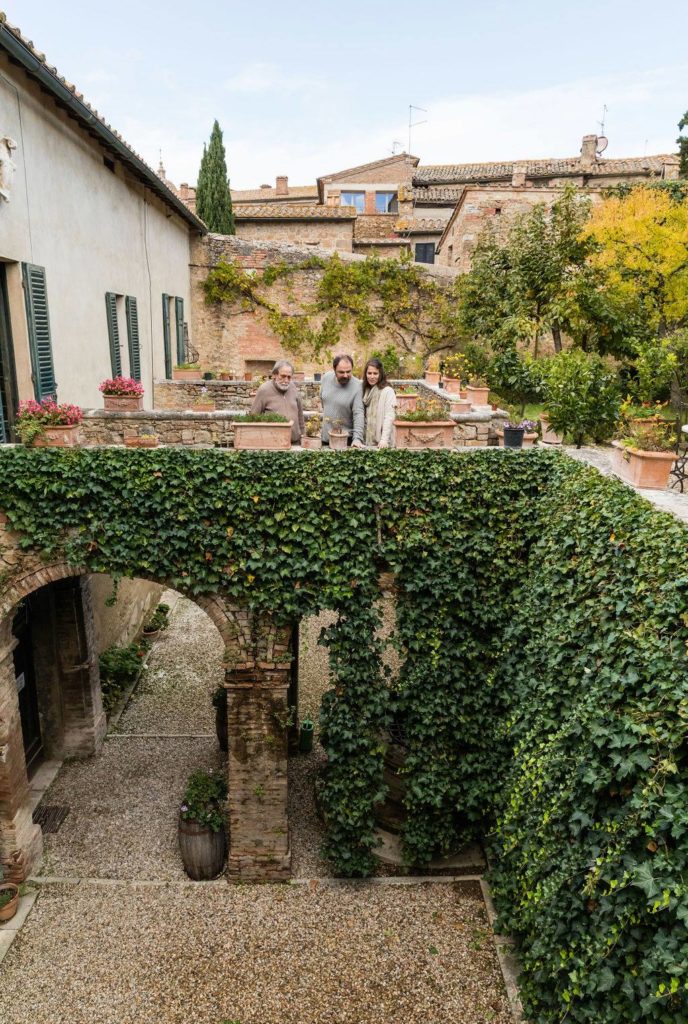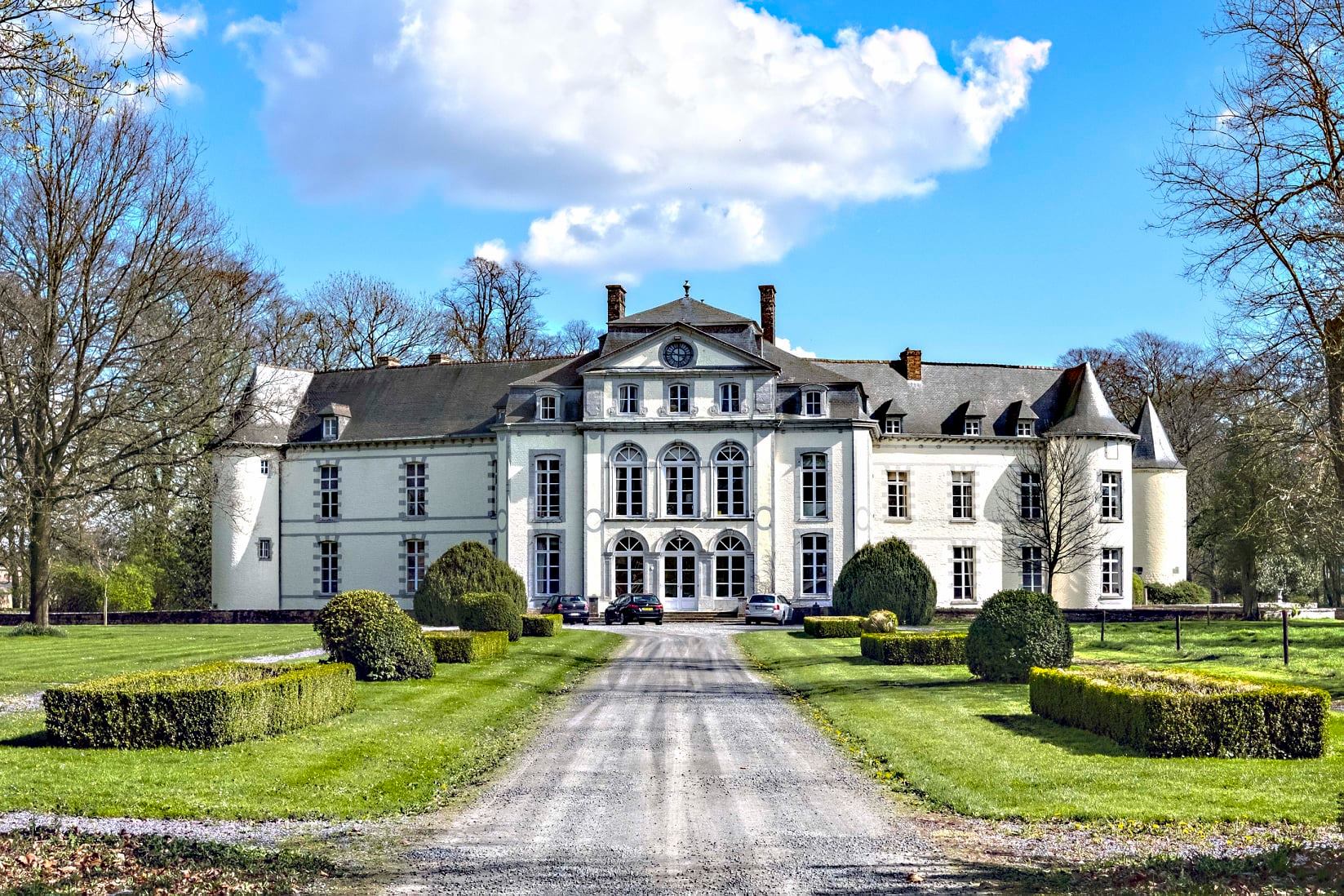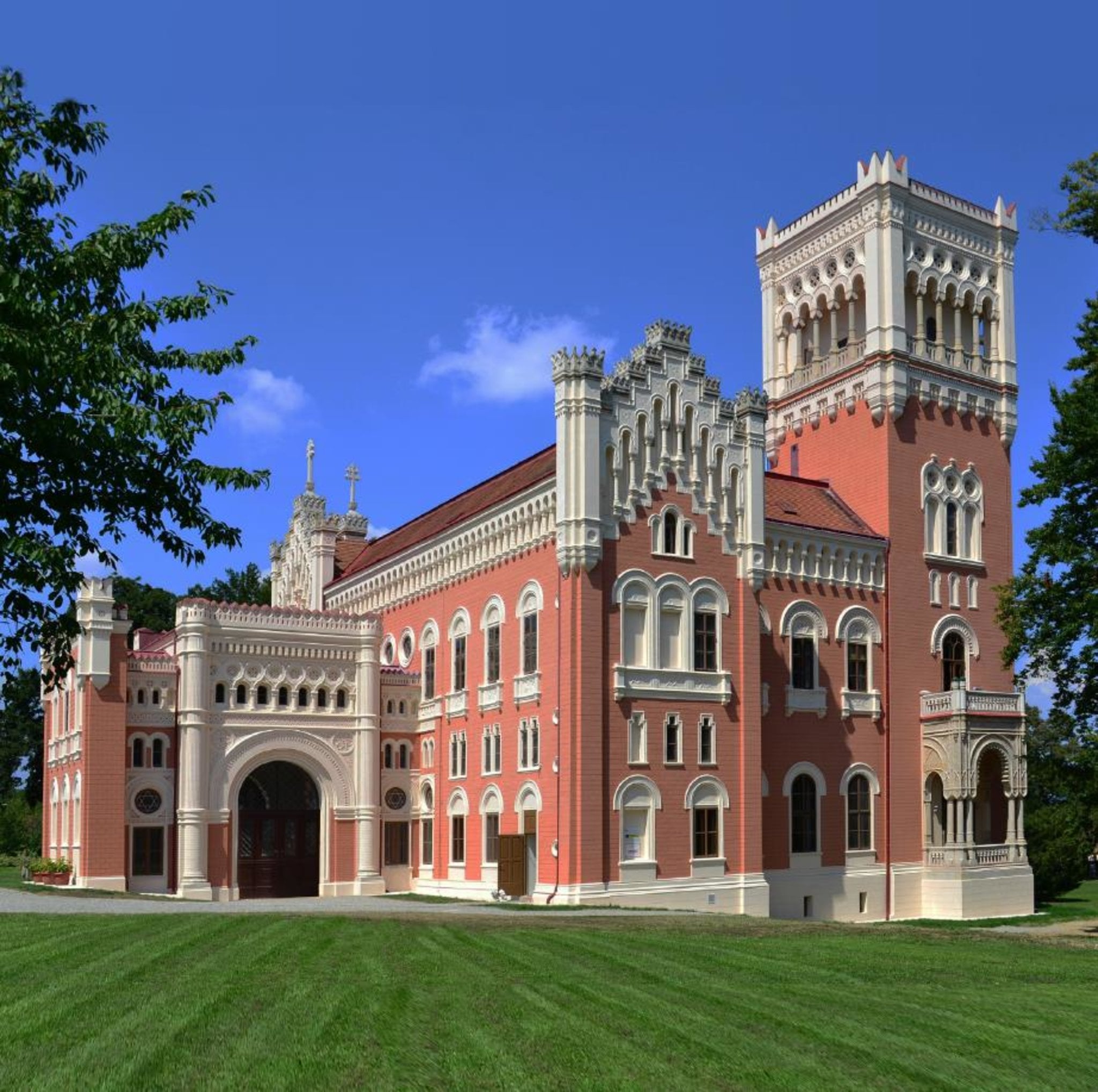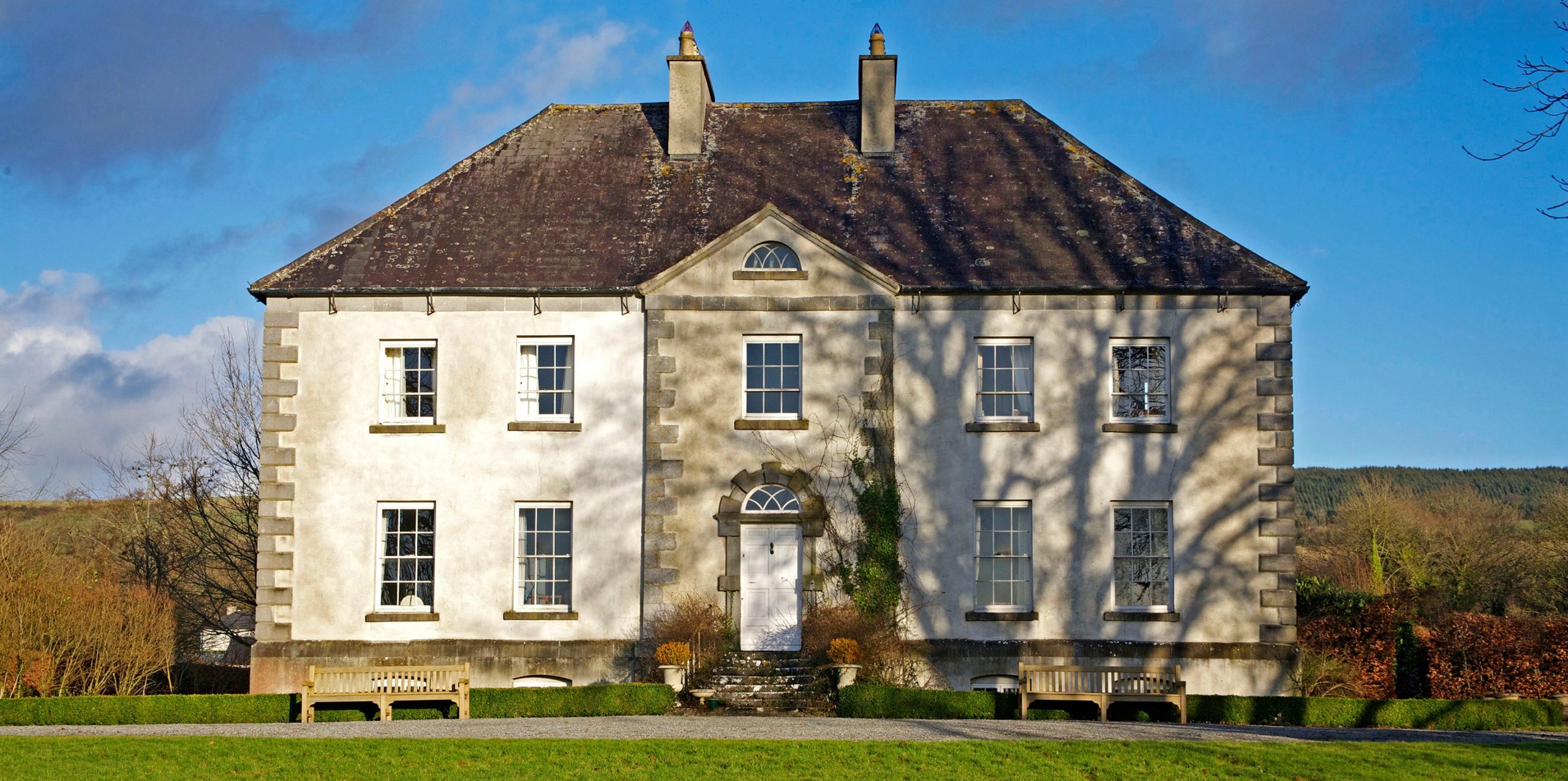THE NEXT EDITION JUST STARTED: DISCOVER OUR LAST YEAR SELECTION OF HOUSES AND BE PREPARED FOR THE NEW ONE !!!
Houses of the Month – Online Event!
Drawing on the success of our last online event, ‘European Heritage Weeks – Facebook Live Visits’, we are ready to show more of our great European private heritage. We have thus decided to combine our previous initiative – ‘the House of the Month’ – and the current trend for online events.
Representing +50.000 private historic houses, EHH introduced some of its treasures from all over Europe. ‘Houses of the Month’ is an invitation to take part in a new journey through the cultural heritage premises.
With this new project, we want to offer our audience more than a basic guided tour. We want to spotlight the passion, talent, courage and hard work of our owners, as well as the importance of such buildings in our common History.
Statistically, our marvelous historic gems—witnessed by the lenses of cameras—were visited up to 90,000 times.
The Houses of the Month that have been chosen came from many different countries such as Italy, Spain, Ireland, UK, Belgium, Austria, Portugal, and Switzerland. In addition, we have extended the project until March 2021 (originally until December). The initiative on YouTube and on Facebook reached almost 11,000!
More information about the new program are available here: stay tuned!
Willing to participate to the new edition*? E-MAIL US!
Knowing anyone willing to participate? Tell them to E-MAIL US!
- Domizia del Gallo di Roccagiovine – d.delgallo@europeanhistorichouses.eu
- Ewelina Oksiuta – e.oksiuta@europeanhistorichouses.eu
*We will only accept applications from our members and their members, but the visits will be accessible to everyone!
Our thematic visits
We introduced our private historic houses, addressing one specific theme each month, through the broadcasting of 20-minute long videos. The four themes were as follow:
- Gardens
- Local Productions
- Restoration Works
- Traces of European History
The first theme to be addressed – in September – was “Gardens”!
Both the descriptions and virtual visits will be available below, for those of you who missed the opportunity of discovering these cultural gems.
GARDENS
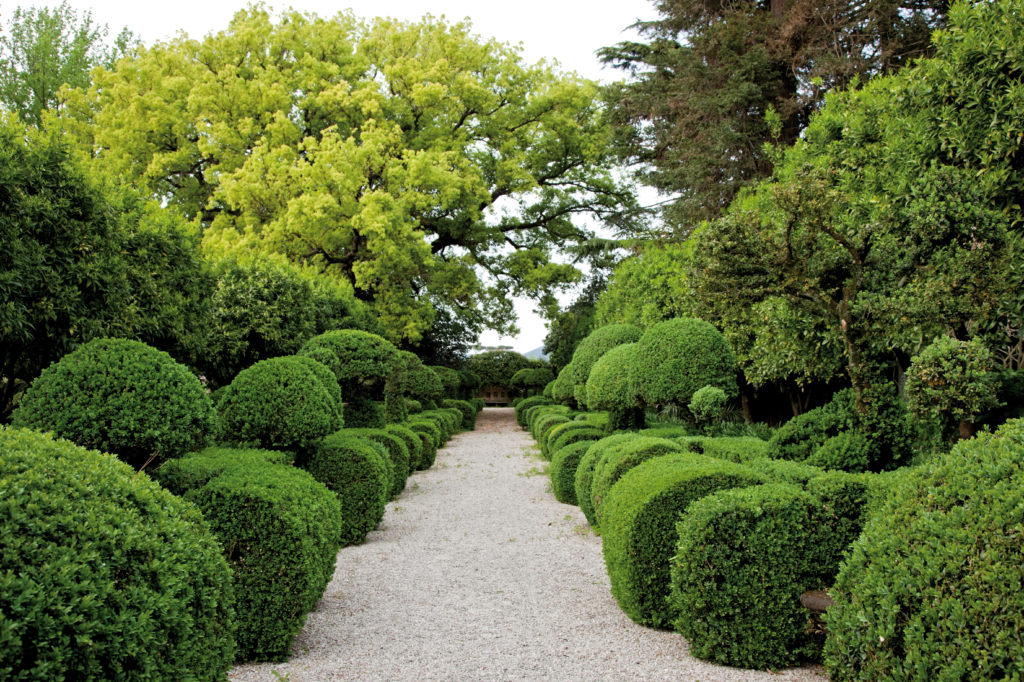
The Villa and its garden were built at the end of the 18th century at the behest of the Guevara di Bovino Dukes. In 1781 Ferdinand IV of Bourbon, King of Naples granted the Duchess Anna Maria Suardo Guevara di Bovino the privilege of a supply of water from the waterfall of the neighboring Reggia di Caserta for the irrigation of her garden. The garden, which covers about two hectares, was initially conceived and designed following geometric patterns, according to the model of the Italian gardens. A few decades later, the original geometric feature was altered with the planting of the camphor tree and the tulip tree, both left to grow spontaneously without any pruning. The mix of Italian rigour and English informality was then perpetuated with the planting of the camellias and the acacias. Modern landscape concepts prompted the Duchess to annex the adjacent grove of ancient holm oaks to the ornamental garden, creating a shady and romantic picturesque walk. Of particular botanical interest is the presence in the garden of the Camelia japonica “Atroviolacea”, a precious ancient camellia with a beautiful purple colour, which is thought to come from the important collection of camellias of the Reggia di Caserta. Be ready to visit and learn more about this jewel of Southern Italy!
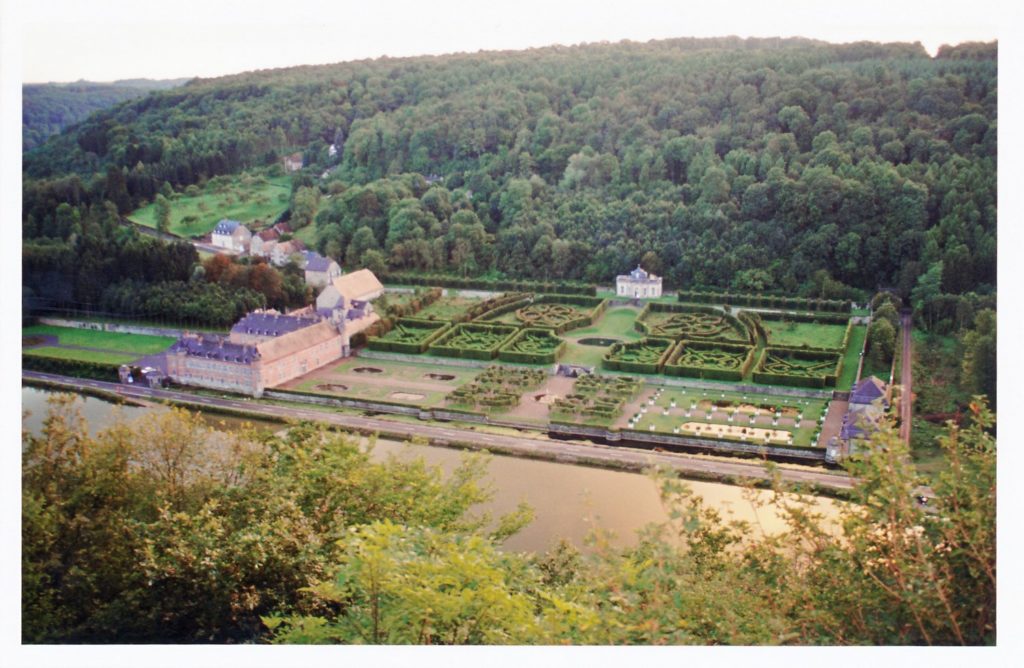
The castle and its gardens, classified as one of Wallonia’s major heritage sites, are located along the Meuse, surrounded by a wild and untouched nature and opposite to rocks (paradise of alpinists) looking down upon the river. Dating back to the Middle Age, Freyr was a keep given in fief by the Count of Namur to Jean de Rochefort Orjol in 1378. The granddaughter of the latter married Jacques de Beaufort in 1410. Their descendants have kept the estate until the present. Starting in 1760, the castle was converted into the summer residence for the Beaufort-Spontin dukes and the gardens were redrawn in classical style.
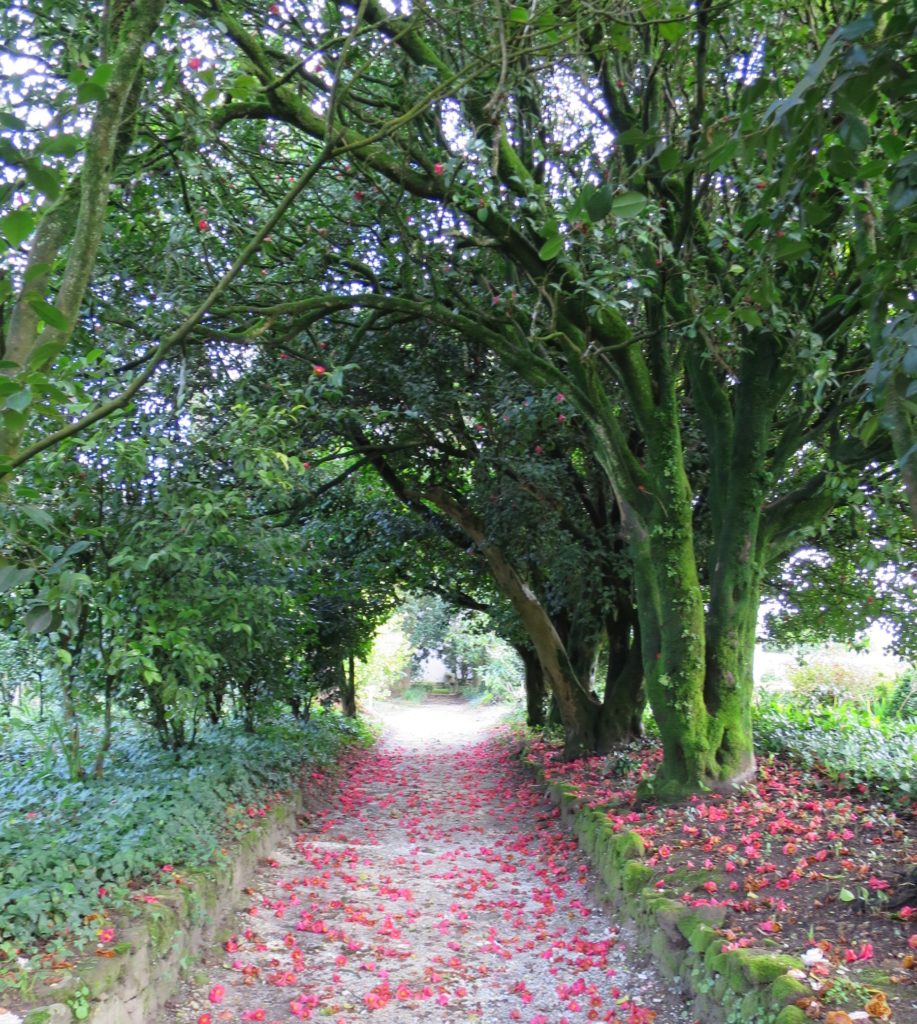
The Pazo de Santa Cruz de Ribadulla, near Santiago de Compostela (Spain), is a property belonging to the same family since the beginning of the 16th century. It is well-known for its avenues of centuries-old olive trees, its collection of Camellias -the oldest in Spain- as well as for its many catalogued centenarian trees. In 2018 Casas Históricas y Singulares, the Spanish Historic Houses Association, awarded the garden of the Pazo de Santa Cruz de Ribadulla with the Gardens Conservation Price and in 2020 the International Camellia Society certified it as a Garden of Excellence.
LOCAL PRODUCTIONS

Villa La Riniera was built in the mid-19th century as the country house of the Marquis Rusconi of Bologna. Then it was bought by and belonged for 60 years to Giuliana Gardi, who in the 2000s bequeathed it to her great-granddaughter Niccolò Malaspina and his wife Lucia Romani Adami. For ten years now, in the fields adjacent to the villa, the Malaspina have set up a flower-nursery company specialised in the production and sale of peony plants and flowers. Today the plantation covers about 4 hectares and includes over 300 varieties of peony, with more than 40,000 peony plants that produce about 150,000 stems and 3,000 new plants every year. The flowering season goes from early April to the second half of May.
Casa Galibern, member of Monumenta and located in the historic center of Torroella de Montgrí, is the main house of the Mascort Foundation. It is a colonial-style house from the late 19th century. It was built by Ramon Galibern Casanovas (Torroella de Montgrí, 1817-1884), after his return from Southern Brazil, where he resided for several years serving as the Spanish Vice-Consul. Ramon Galibern Casanovas was the great-grandfather of Ramon Mascort Amigó, who is the current owner of Casa Galibern and President of the Mascort Foundation.
Casa Galibern was opened as the Mascort Foundation main house in 2007, after having been restored and adapted to host the numerous exhibitions and activities that the Foundation organises and offers to visitors. The original content of the house is not preserved, since it was destroyed during the Civil War.
Corroy-le-Château is a medieval castle situated in the province of Namur, Belgium. A major piece of heritage of Wallonia, the castle is a unique and exceptional example of fortification built at the end of the 13th century. The pentagonal-shaped building, with its four corner towers, features stunning interiors from the 18th and 19th century as well as many works of art. Corroy remains in a surprising state of preservation thanks to the continuity of its occupation. The visit will be guided by the last owner and current inhabitant of the castle, the Marquis Olivier de Trazegnies.
Schloss Kornberg was first mentioned in a document in 1284. It is located in southeastern Styria, in Austria. The area is one of the richest in fortressed castles in Europe, as for centuries Styria has represented a bridge between middle and southeastern Europe and played a major role as a bastion against invading people. These impressive fortifications, real architectural masterpieces, are scattered all around the border between Austria and Slovenia and today they together form the so-called Castle Road (Die Schlösserstrasse), a renowned tourist destination.
The current owner and inhabitant of Schloss Kornberg is Count Andreas Bardeau, Honorary Consul of Romania in Graz. The castle belongs to his family since 1871. It is Count Bardeau himself who will personally open the doors of his splendid house to us.
Palazzo Mondo, built in the second half of the 18th century, is an example of stylistic transition between the rococo and the neoclassical taste of archaeological inspiration. The privately-owned building today houses the House Museum of the painter Domenico Mondo (1723-1806) who lived and worked here. The painter, trained in Naples in the workshop of the famous Francesco Solimena, lived in Capodrise until 1789, the year in which he was appointed director of the Royal Drawing Academy in Naples, together with the neoclassical painter Wilhelm Tischbein.
Architect Nicola Tartaglione virtually guides the visitor through the Rococo living room, frescoed on the walls and vault, the dining room, a room dedicated to the Vanvitellian projects for the Royal Palace of Caserta, a studio painted in yellow and decorated with Etruscan borders, a bedroom with walls painted in Pompeian red and antique edges and a small prayer room.
This Sunday EHH will take you to visit the historic town of Friesach. This is the oldest town in Carinthia, Austria. Here Jürgen Moravi, an architect specialised in the conservation of monuments, and his wife Miriam, artist and art historian, some years ago decided to restore the historic house of the Moravi family, a protected monument dating back to around 1200. Overall, the restoration works are not finished yet: the restoration project is very high-quality and ambitious, aiming at restoring the house to its original appearance through the use of the best techniques from an energy efficiency and an environmental impact point of view. The works are bringing to light some finds of great value: the entire history of the house can be traced back through several layers of paint, plaster and frescoes.
The particularly accurate restoration of this historic family home sets standards that can be exemplary for all owners of historic buildings.
One of the members of Domus Antiqua Helvetica is Sommerhaus de Vigier in Solothurn. Dating from the 17th century, this beautiful country house belongs to the Bill de Vigier Foundation since 1993. In 2018, on the occasion of the restoration of the alcove room of 1777, which hosts some precious indiennes from Neuchâtel, the Vigier Foundation launched the production of a documentary about this restoration work.


